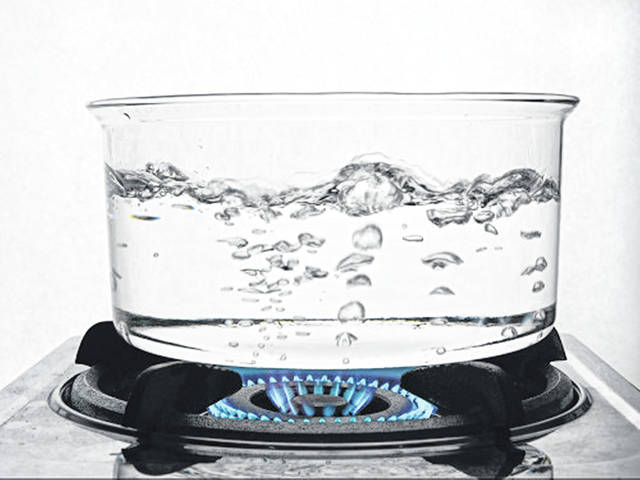
Question: The water supply for my household has been disrupted twice this summer due to historic rainfall levels, leaving us faced with boil alerts due to floodwaters. But since our power was also out because of the storms, we had to buy bottled water instead. Is there any other way to clean the water in a situation like that?
Answer: Many people in Ohio and throughout the Midwest have experienced similar situations due to the excessive rainfall that has hit the region recently.
In fact, May 2018 to April 2019 was the wettest year on record nationwide, according to a report from the National Oceanic and Atmospheric Administration’s National Centers for Environmental Information. An average of 36.20 inches of precipitation fell nationwide, which was 6.25 inches above the mean, the agency said.
As a result, several communities in Ohio at one point or another this season have had to issue boil-water advisories or boil-water orders, which is a directive given by health authorities to consumers when a community’s drinking water is, or could be, contaminated by pathogens.
These alerts can be issued for multiple reasons, including as the result of storms, flooding, and waterline breaks that cause a disruption in drinking water supplies. And while boiling water is the standard recommendation, there are other methods to disinfect water in an emergency situation, according to Emergency Disinfection of Drinking Water, a recent Ohioline fact sheet.
Ohioline is Ohio State University Extension’s free online information resource and can be found at ohioline.osu.edu. OSU Extension is the outreach arm of The Ohio State University College of Food, Agricultural, and Environmental Sciences (CFAES).
Boiling water for just a minute is extremely effective at killing bacteria and parasites that can make people sick, writes Karen Mancl, a professor in CFAES’ Department of Food, Agricultural and Biological Engineering and a specialist with OSU Extension.
In many circumstances, “the boil water call is for good reason, since consuming contaminated water can make people very sick,” she writes. “When in doubt, drink boiled water.
“Any heat source – electric or gas range, camp stove, wood fire, and even a microwave oven – heats water to boiling temperatures and kills disease-causing microbes.”
But, as in your case, there are other measures that can be used for emergency disinfection of drinking water when the power is out, Mancl said, including:
– Chlorine bleach, which can be added to water to kill microbes. According to the Centers for Disease Control and Prevention, you can add 1/8 teaspoon for every 1 gallon of clear water. It’s important to note that chlorine does not kill microbes on contact, so you must wait at least 30 minutes before drinking the water. After disinfection, the water will have a strong chlorine smell and taste. If the water you are trying to disinfect is cloudy, you can add 1/4 teaspoon for everyone 1 gallon of water. This is because particles in cloudy water help protect and hide microbes from disinfection, increasing the chance they will not be killed by the chlorine and will make you sick. If the water source is cloudy, more chlorine will be needed to disinfect it.
– Disinfection tablets containing chlorine or iodine are available for campers and travelers to disinfect a small volume of water. Many different companies market disinfection tablets that can be easily added to water bottles. Always follow the directions on the package.
– Sunlight is an amazing disinfectant and is the key to solar disinfection. Ultraviolet light kills pathogens on contact. To use sunlight to disinfect water, the water must be very clear and placed in the sun in clear containers. Clear plastic water bottles, plastic bags, or specialized commercial solar bags can be used for solar disinfection. The water should be exposed to sunlight for at least four and up to 10 hours to kill microbes.


